Wondering what the difference is between quartz, mechanical and automatic watches? Here’s a simple overview of watch movements.
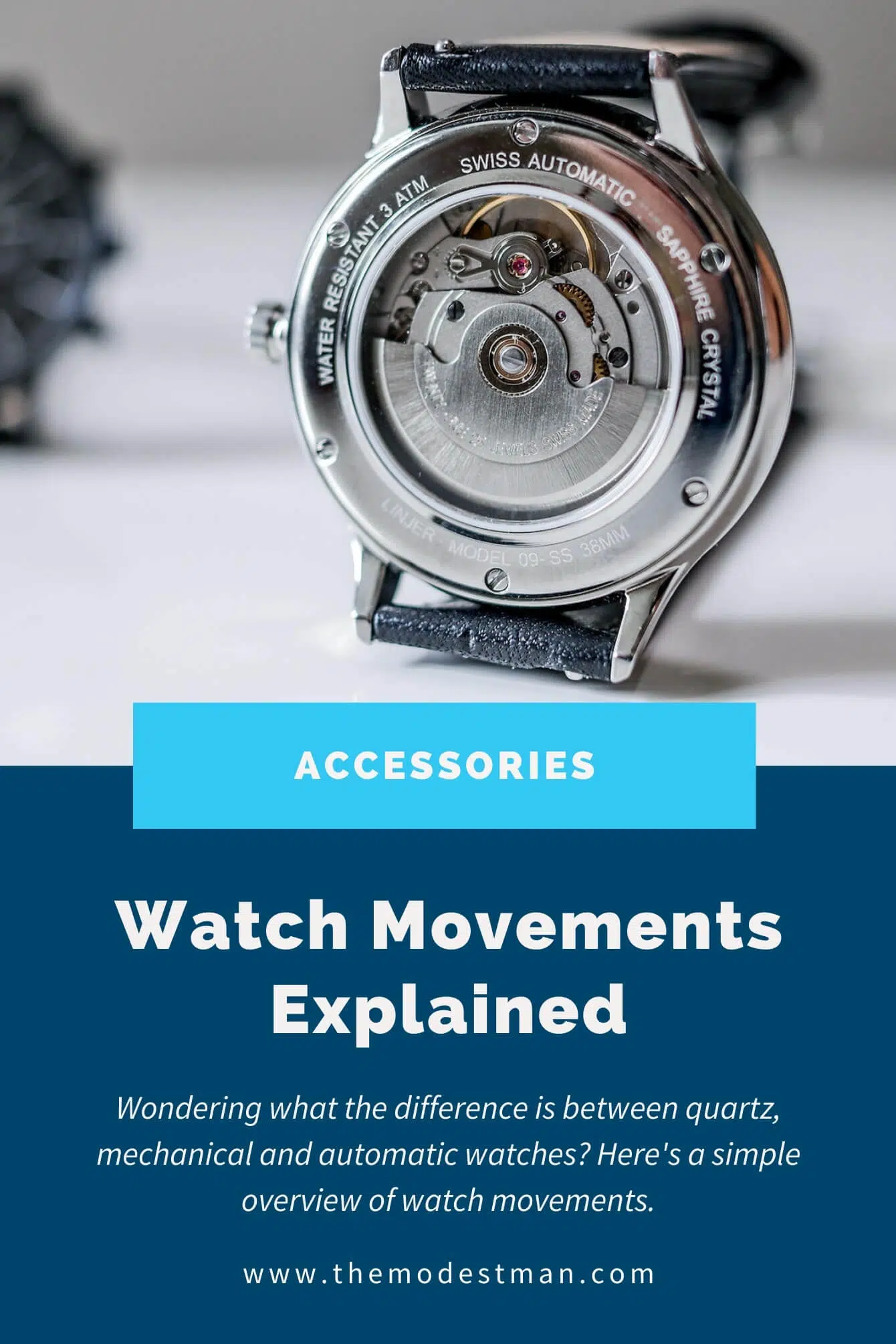
Most men buy a watch the way a teenager buys her first car. They buy it based on aesthetic appeal. Does it look cool? Do I like the color? Is it popular?
Let’s face it, most people who buy a Rolex are purchasing it because of the brand’s cachet and the status that comes with wearing a Rolex on your wrist.
Only a fraction of Rolex customers are buying it based on the heart that keeps it ticking – its movement.
Does a Watch’s Movement Matter?
If you’re buying a watch purely for its aesthetic appeal, or simply want accurate timekeeping for an affordable price, then no: movement doesn’t matter.
But, if you’re like many watch enthusiasts, you may find a mechanical movement fascinating. Even affordable mechanical watches are cool because they run without batteries.
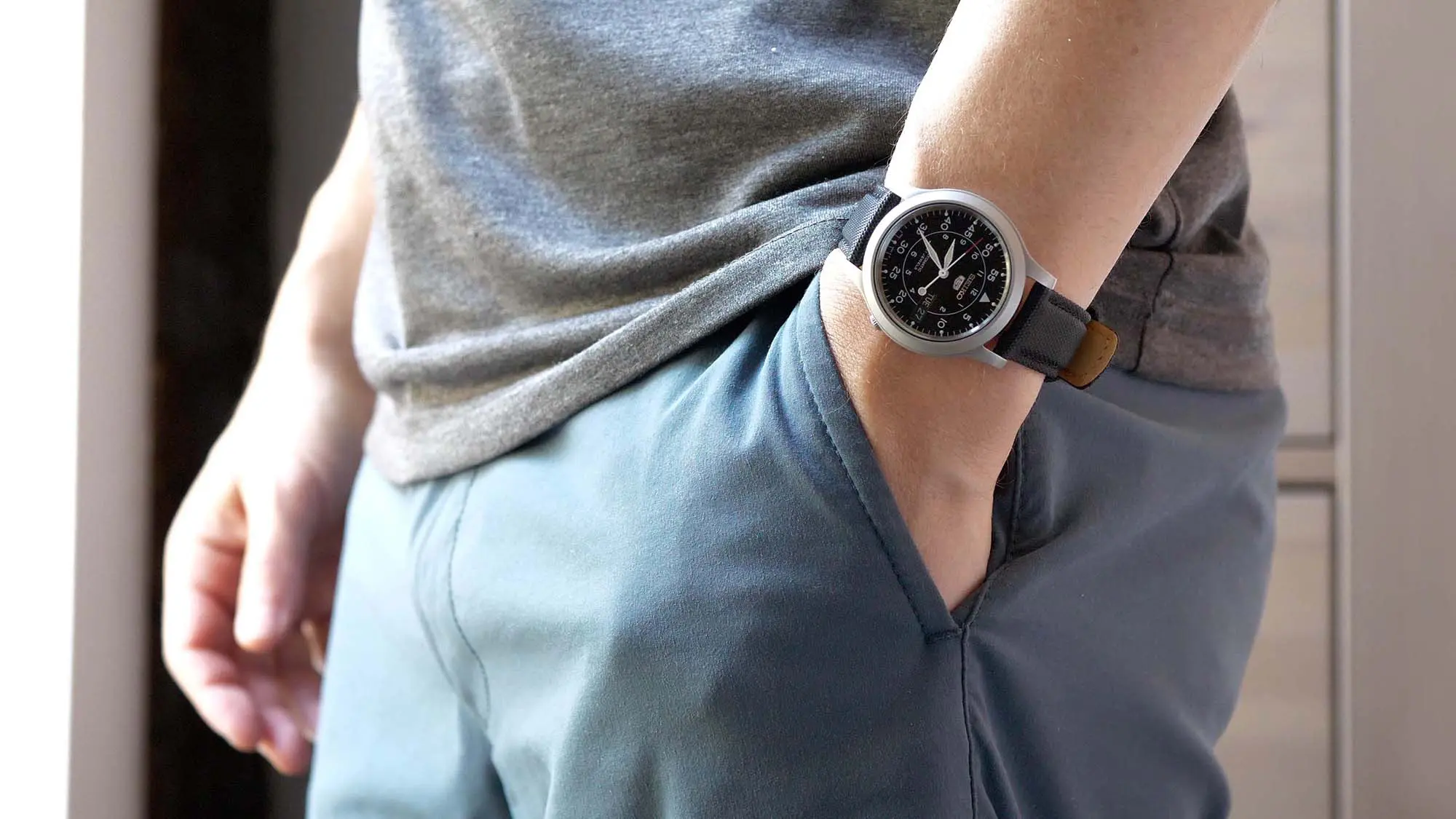
There’s just something interesting about having tiny time-telling machine on your wrist.
Same goes for higher end shoppers. If you are looking for an heirloom-quality timepiece you can hand down to the next generation, then like a car, it starts and stops with the engine that’s under the hood.
Just like an engine keeps your car running, a watch uses an engine called a movement to keep it ticking.
Thankfully, unlike a car, there are only two types of engines in a watch: quartz and mechanical.
Variations of these include solar powered and automatic watches, but they all fall into those two categories (battery powered or mechanical).
This article will explain the differences between each type of watch movement.
The Quartz Movement
The quartz movement first became popular when Seiko came out with them in 1959. Also known as a battery-powered watch, the quartz movement relies on a watch battery to keep it ticking.
The movement itself is as rudimentary as it gets, and other than popping a new battery in every few years, there isn’t much that has to be done to keep it ticking.
One of the most significant benefits of a quartz watch is that it’s also far more accurate than any mechanical or automatic watch.
The problem is, today most of us don’t actually rely on our wristwatch to tell us the time. Perfectly accurate digital clocks are all around us, including in our pockets.
Smartphones that have rendered the watch no more than a glorified bracelet, body-worn art, or jewelry men wear as a statement piece.

Indeed, watches keep track of the time, but most people rarely check the watch on their wrist these days.
Since a battery-operated watch is so simplistic, a quartz movement is usually reserved for inexpensive fashion watches purchased by men who are really only after an attractive timepiece and don’t care about the mechanics inside it or having to replace it when it dies completely.
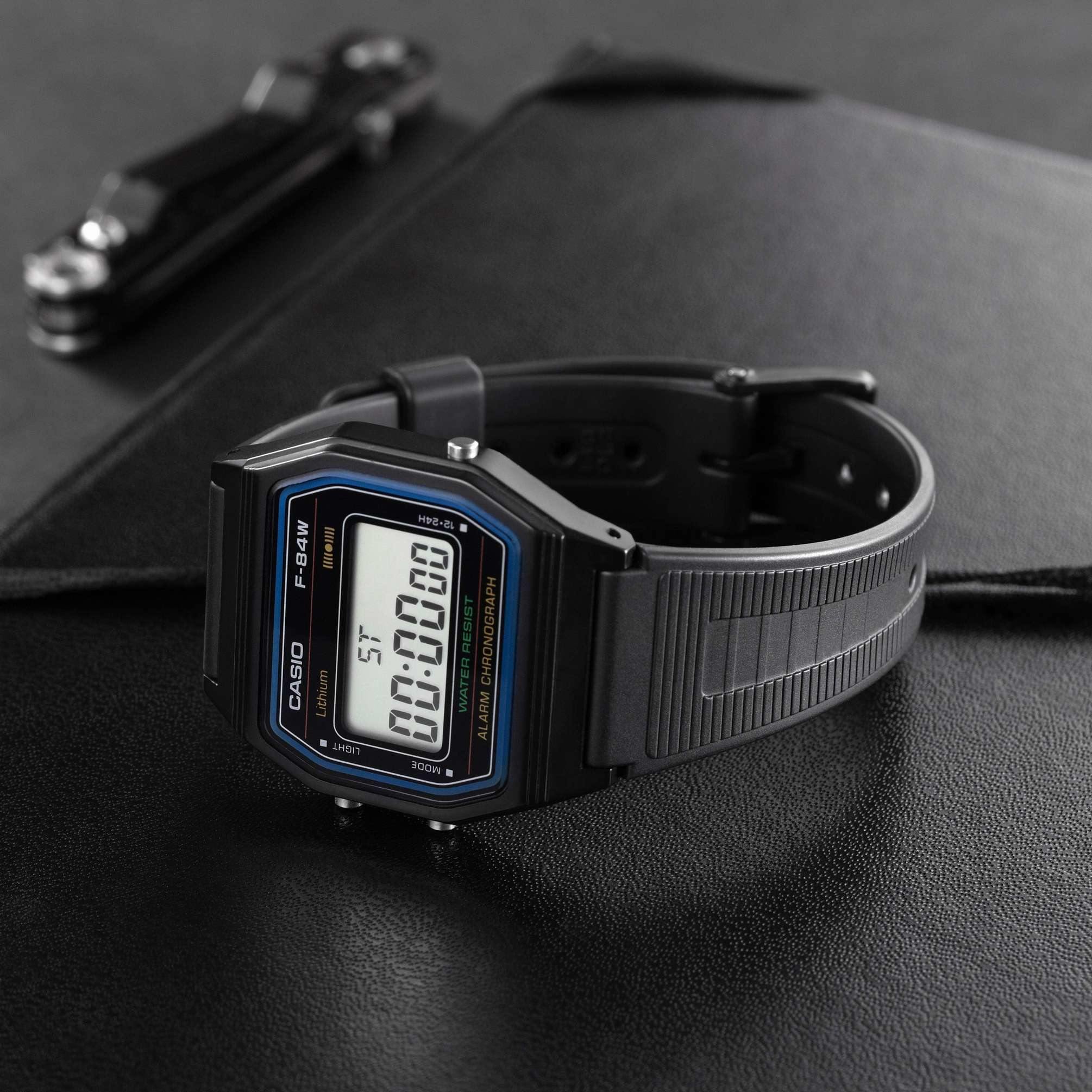
Of course, there are plenty of amazing quartz watches, including super affordable classic like the Casio F91W, and even modern luxury pieces from Cartier and Grand Seiko.
But for most watch collectors and those who appreciate the artistry behind a timepiece, it’s the manually-wound and automatic watches that are worth considering.
The Mechanical Movement
Mechanical watches are hand-wound timepieces that use a complex movement comprised of – often – hundreds of small parts that are orchestrated to work in harmony which make the watch tick.
Many of the mechanical watches produced in-house by Swiss watch brands can fetch upwards of hundreds of thousands of dollars or even millions of dollars at auction.
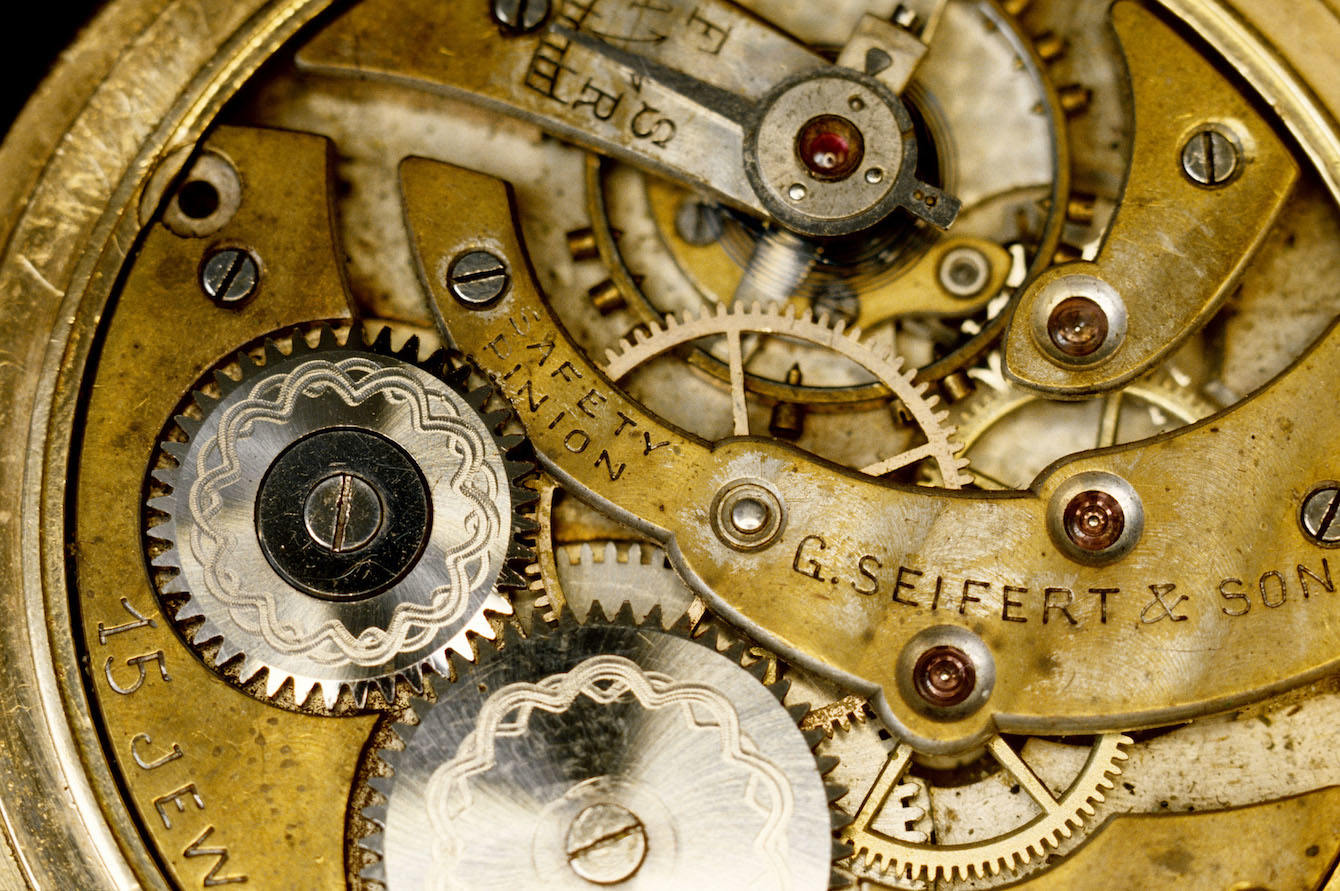
However, they also sell for a lot less in many cases.
Thanks to movement companies like ETA which mass-produce mechanical movements for many watchmakers, smaller boutique brands can utilize well-produced engines that compete with the more prominent luxury watchmakers in Switzerland, Germany and Japan.
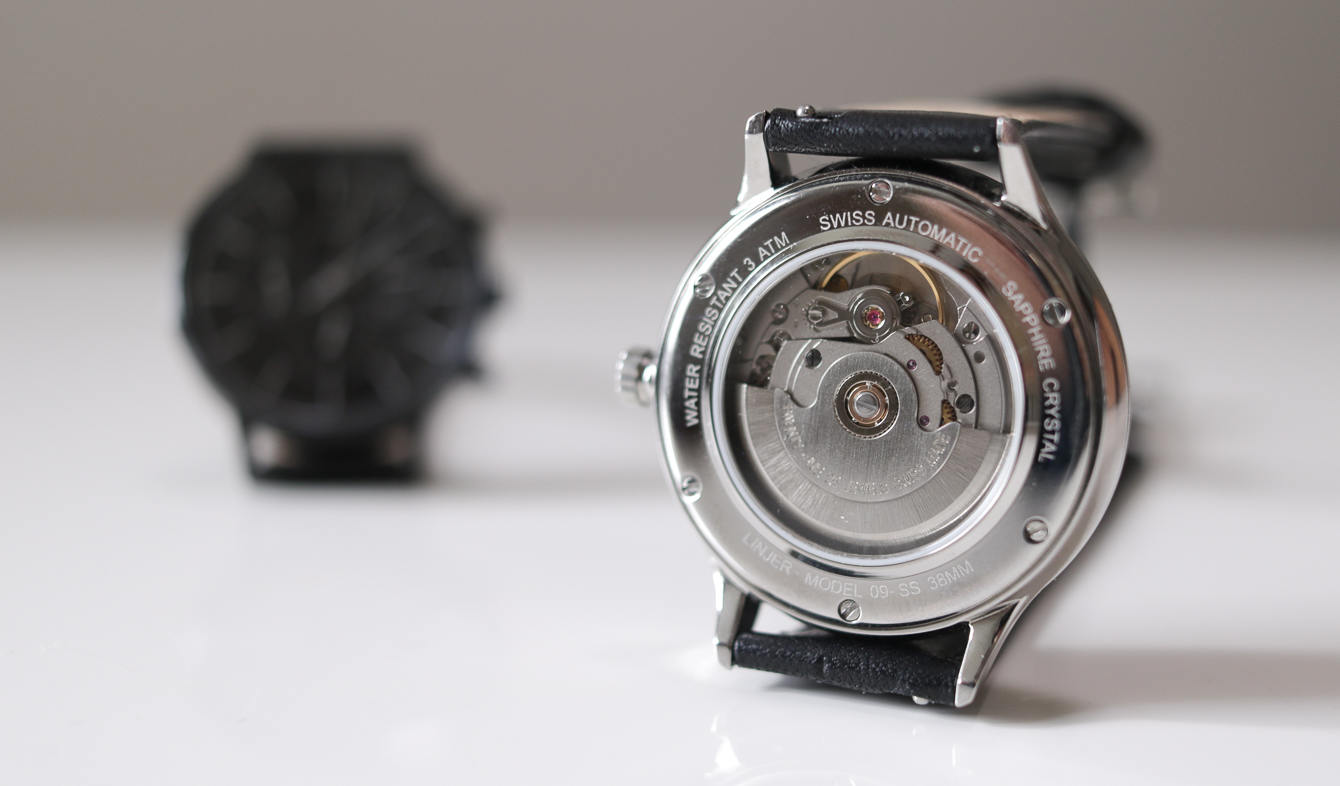
What ends up happening is you run into situations where you can often end up paying for the name or paying far more than the watch is worth when acquiring a luxury watch using the same movement as a smaller brand.
The real benefit of investing in a mechanical watch is that because it doesn’t require a battery-powered computer, so long as you keep the movement well maintained, and provided it’s well made, there’s no reason it should ever need to be replaced.
That’s really the big difference between a mechanical timepiece and a quartz watch. Like your home computer, eventually a battery operated watch is going to go on the fritz and the cost to repair the movement isn’t worth it.
This is why collectors prize mechanical watches over the superior accuracy of the quartz watch.
The Automatic Movement
Also a mechanical watch, this movement is worthy of your attention.
The difference between an automatic and a mechanical movement is that the automatic movement continues to tick without having to wind it each day.
So long as you wear it on your wrist, the motion of your arm keeps the watch wound.
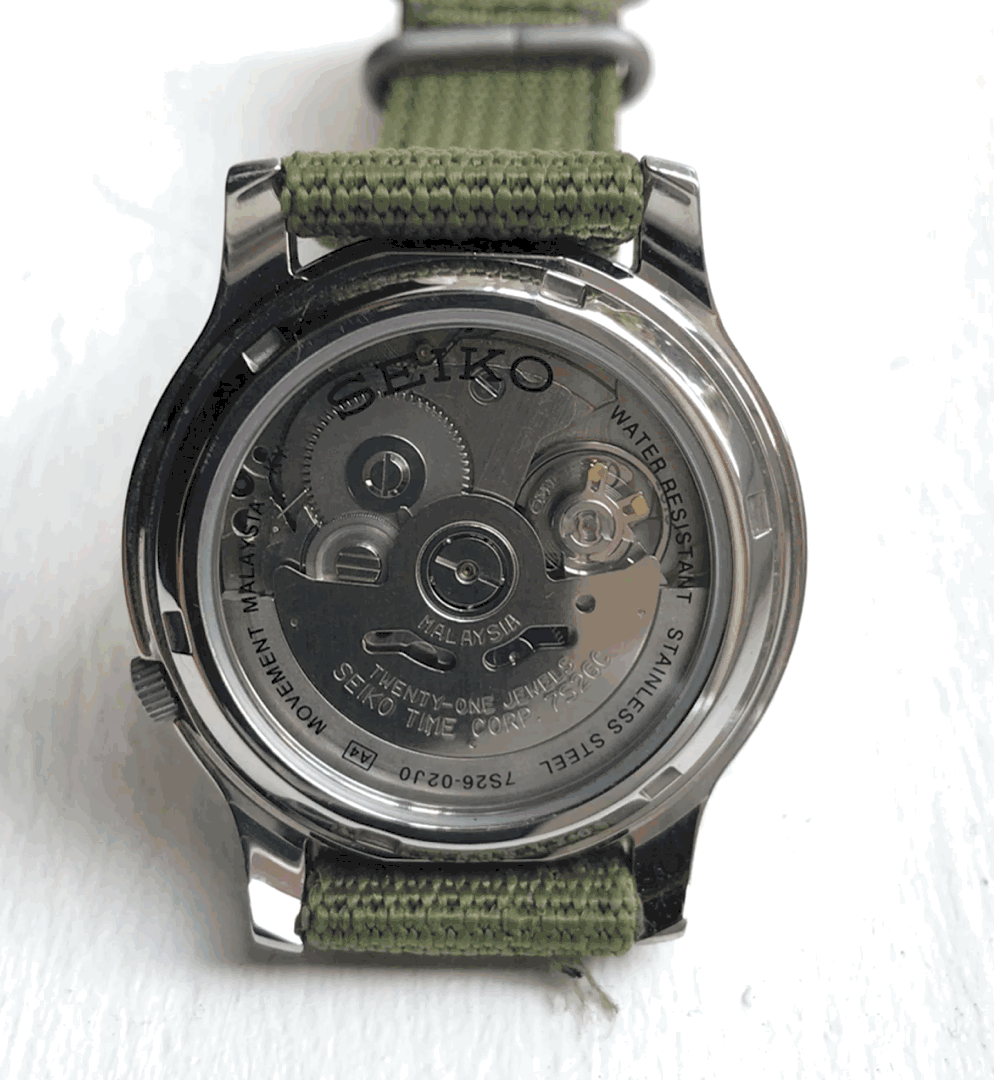
It does this by using an off-center weighted rotor which spins as you move throughout the day. As it turns, it activates a ratchet system which keeps the watch wound.
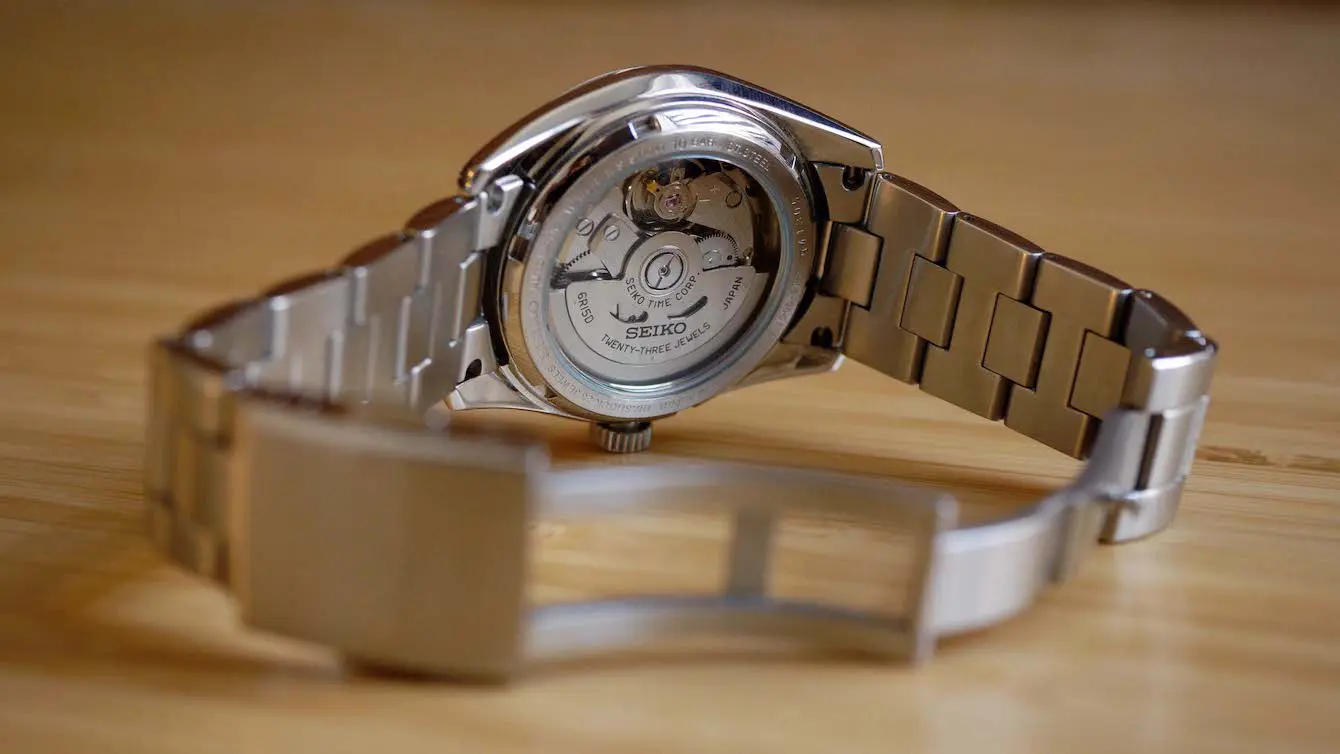
If we look at these movements as a whole, they aren’t any more accurate than the manually wound mechanical movements you have to wind each day.
The real benefit is that with the automatic, you don’t have to take the time to set it over and over again. If you alternate between watches, you can store it in a case called a watch winder which keeps the watch in motion while it waits for you to put it back on your wrist.
Today, most automatic watches also contain a power reserve which gives you a window to remove the watch from your wrist without having to keep it in motion.
A watch with a 72-hour power reserve will give you that chance to wear another watch in between, or just allow you to pop it on your nightstand for a good night sleep.
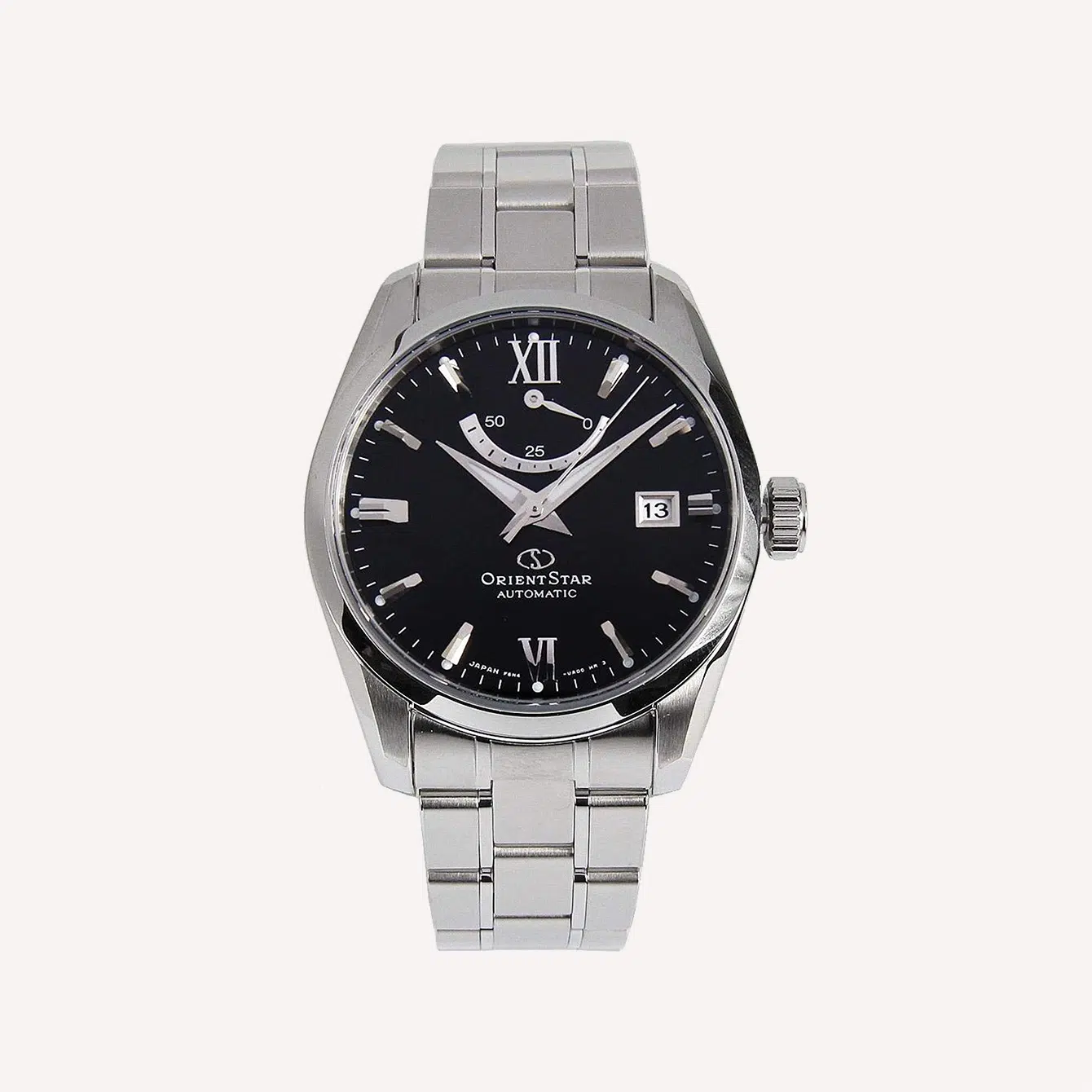
Unlike mechanical watches, timepieces powered by automatic movements vary significantly. At the top range, a wristwatch with an in-house, handmade movement can cost a small fortune.
For every feature added to the watch, the complexity of crafting its movement increases, which in turn drives up the price. Known as complications, these features can be as simple as a date window on your watch. However, others are far more advanced.
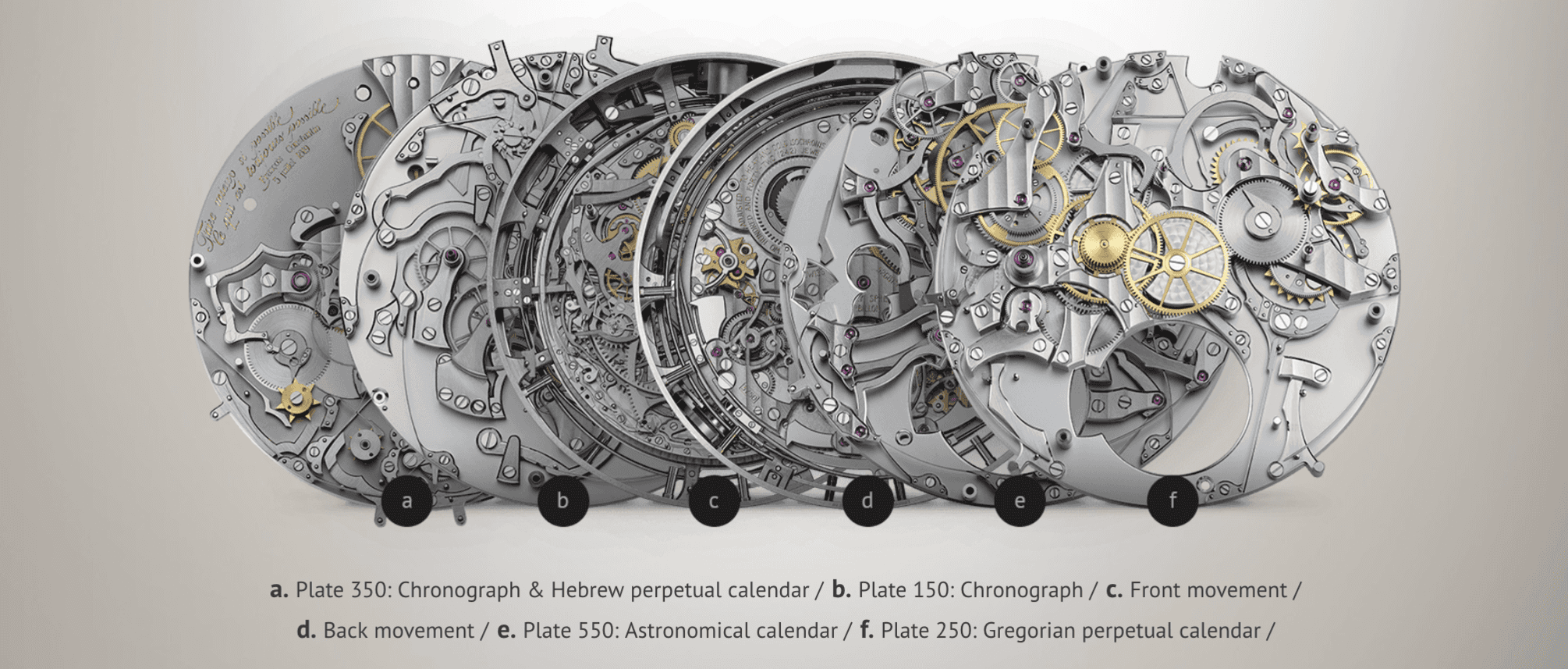
A perfect example of this is a grand complication pocket watch called the Reference 57260. It’s produced by a luxury Swiss watchmaker named Vacheron Constantin and features 57 different complications, or features, in addition to just telling the time.
Since the watch is handcrafted by skilled artisans, it takes eight years to assemble and uses 2,826 moving parts and 31 hands on the dial. It’s the Mona Lisa of timepieces.
Grand Seiko Spring Drive
Grand Seiko’s Spring Drive is a type of watch movement that’s sort of in its own category, kind of like a gas-electric hybrid vehicle.
Spring Drive is a mechanical movement, but it uses electricity to regulate the speed at which the mainspring unwinds.
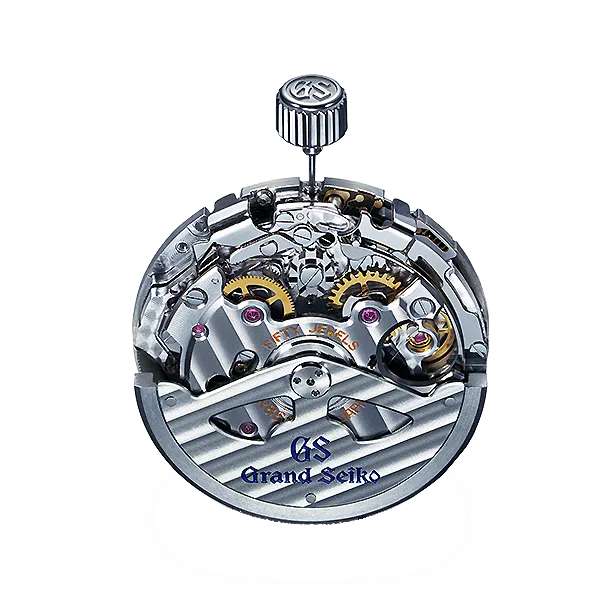
This mechanism is called the Tri-syncho regulator, and it regulates the mechanical parts of the watch to produce ultra precise movements of the watch’s hands.
This results in the iconic smooth sweeping motion that all Spring Drive watches produce.
This incredible technology comes at a steep price. Most people will never own a Grand Seiko watch, even a quartz!
But if you ever get a chance to admire a Spring Drive watch in real life, be sure to take it!
So What Kind of Movement Is Right for You?
Sure, a quartz movement is fantastic if it’s a watch for a child or just a fashion watch that you’re happy to replace in a few years.
And, although a mechanical or automatic watch can cost millions of dollars like Vacheron Constantin’s Reference 57260, it doesn’t have to.
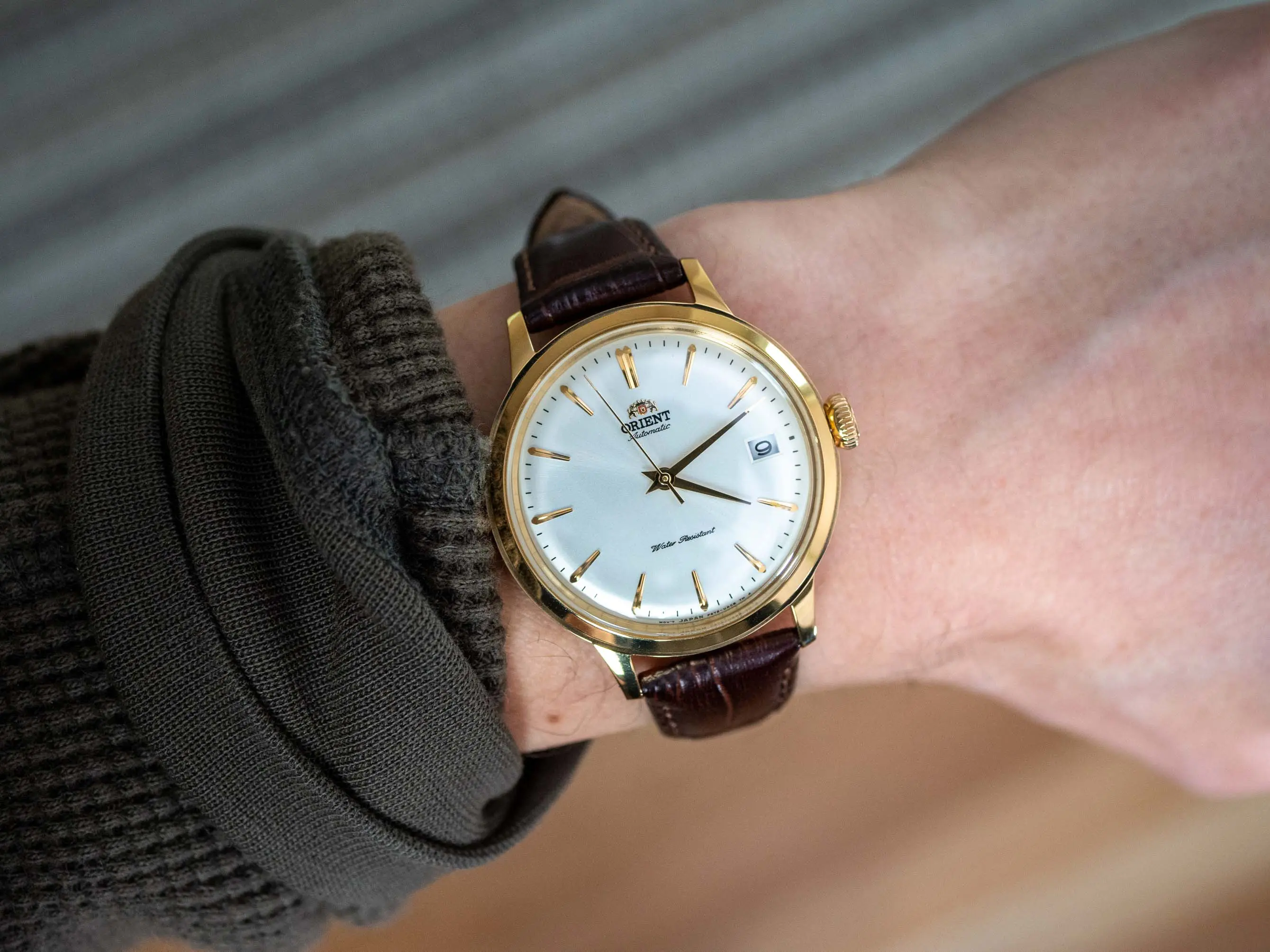
Is it true that an in-house produced movement will cost a few thousand dollars? Likely. But, can you get one for less? Absolutely.
Thankfully, there are some great companies around the world that only produce movements. These movements then get fitted into dozens of watches from various brands.
ETA is one of the better-known movement providers, and a vast majority of the luxury watch companies creating automatic timepieces use ETA movements in their watches.
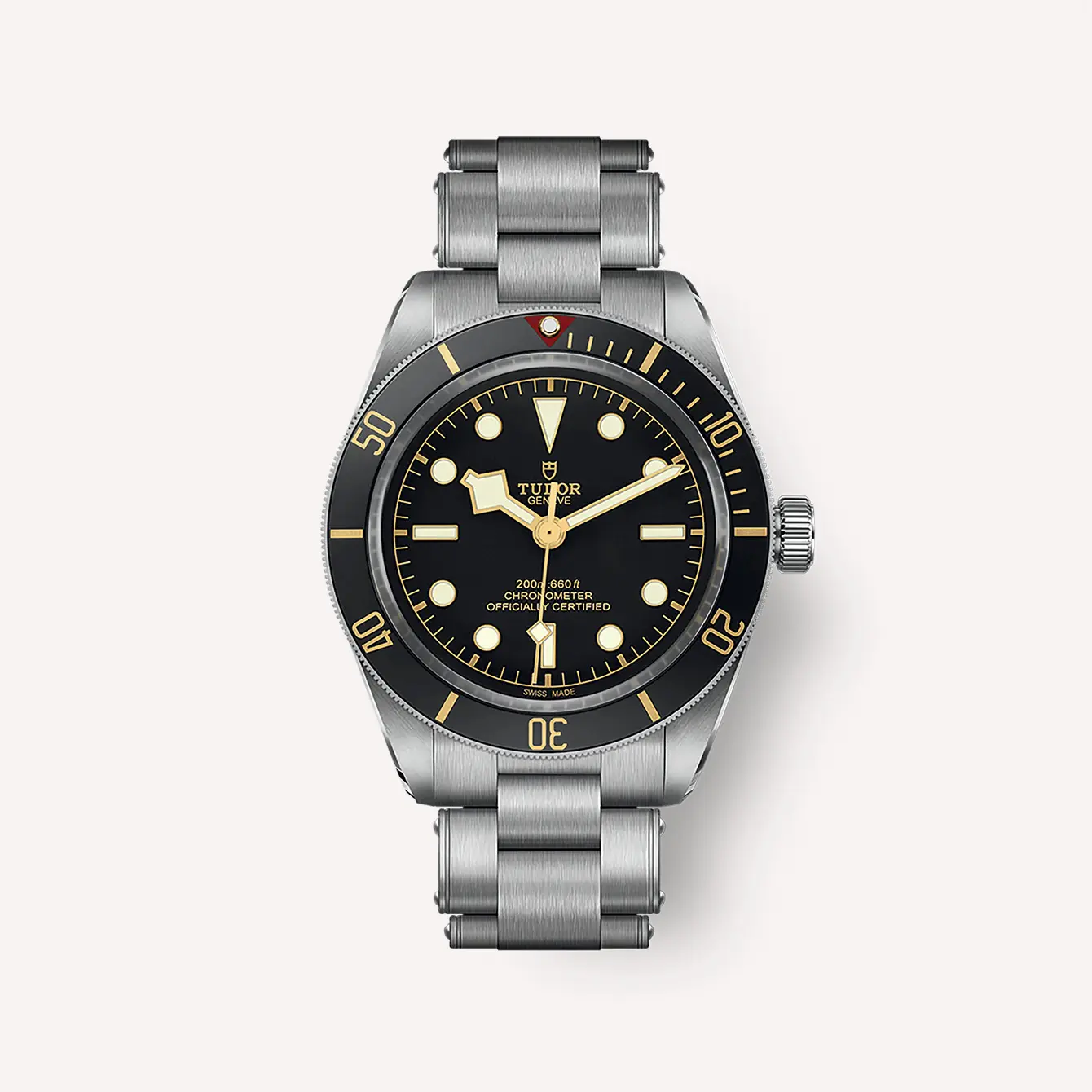
Breitling, Ball, Tudor and many other well-known luxury watchmakers use ETA movements. For example, the renowned Tudor Black Bay is powered by the 2824 movement.
But it doesn’t mean that you have to spend two or three thousand dollars on a watch. Let’s be frank, not all of us can afford that price.
Affordable Mechanical Movements
Let’s look at the ETA 2824-2. It’s the most widely used automatic movement produced by ETA and is the workhorse inside hundreds of watches.
It comes in four grades, but even the standard grade is a superb 25 jewel automatic movement.
It’s used in watches that range in price from a few thousand dollars upwards of $65,000. Now the question has to be asked: Why does the price fluctuate so much if it’s the same movement? Because you’re paying for the name.
A $2,000 watch that uses the standard grade ETA 2824-2 movement is the exact same engine as a $10,000 watch using the same movement.
It’s like putting the same engine in a Ferrari and a KIA. The only difference is what it looks like on the outside, but under the hood they’re identical.
So if you’re set on a luxury brand because of the cachet of its name, by all means, spend a few thousand dollars.
However, there are also young brands that are tired of big name brands charging far more than the actual cost of manufacturing the watch.
Many use the same quality materials as the luxury brands on the outside such as sapphire domed glass and Italian, full-grain vegetable tanned leather for their straps.
On the inside, they feature the same ETA 2824-2 movement powering the watch. The difference is they’re charging only a few hundred dollars.
Of course, your other option is to buy a pre-owned luxury watch like a Breitling or Tudor from reputable sellers like Crown & Caliber who only charge you what the watch is actually worth rather than the heavily-marked up price tag recommended by the brands.
Questions About Watch Movements
Here are answers to some commonly asked questions about watch movements:
What is the difference between mechanical and quartz movement?
Mechanical movement doesn’t require a battery. Quartz movement does require a battery.
Are quartz movements mechanical?
No, quartz movements are not mechanical, but quartz watches do contain some mechanical parts.
Why do quartz watches tick?
Quartz watches tick when their power source, the battery, sends electricity to the quartz oscillator, which moves the gears (and hands) forward.
Most quartz watches tick once per second to avoid draining the battery too quickly (they could tick faster, but that would require more electric pulses from the battery).
Is Rolex mechanical or quartz?
All modern Rolex watches are mechanical or automatic watches. There is a discontinued quartz Rolex watch, the Rolex Oyster Quartz, that can be purchased from preowned marketplaces.
Is quartz more accurate than automatic?
Yes, quartz is more accurate than automatic. In fact, the cheapest quartz watches are more accurate than the most expensive (or most accurate) mechanical watches.
Can quartz watches last forever?
No, quartz watches can’t last forever. They contain electronic parts that will wear out over time. You can expect a quartz watch to last 15-40 years, as long as you replace the battery after it dies.
Do quartz watches have jewels?
Most quartz watches do not have jewels because jewels are used to reduce friction between moving parts, and quartz watches don’t have many moving parts.
That said, some higher end quartz watches do have jewels.

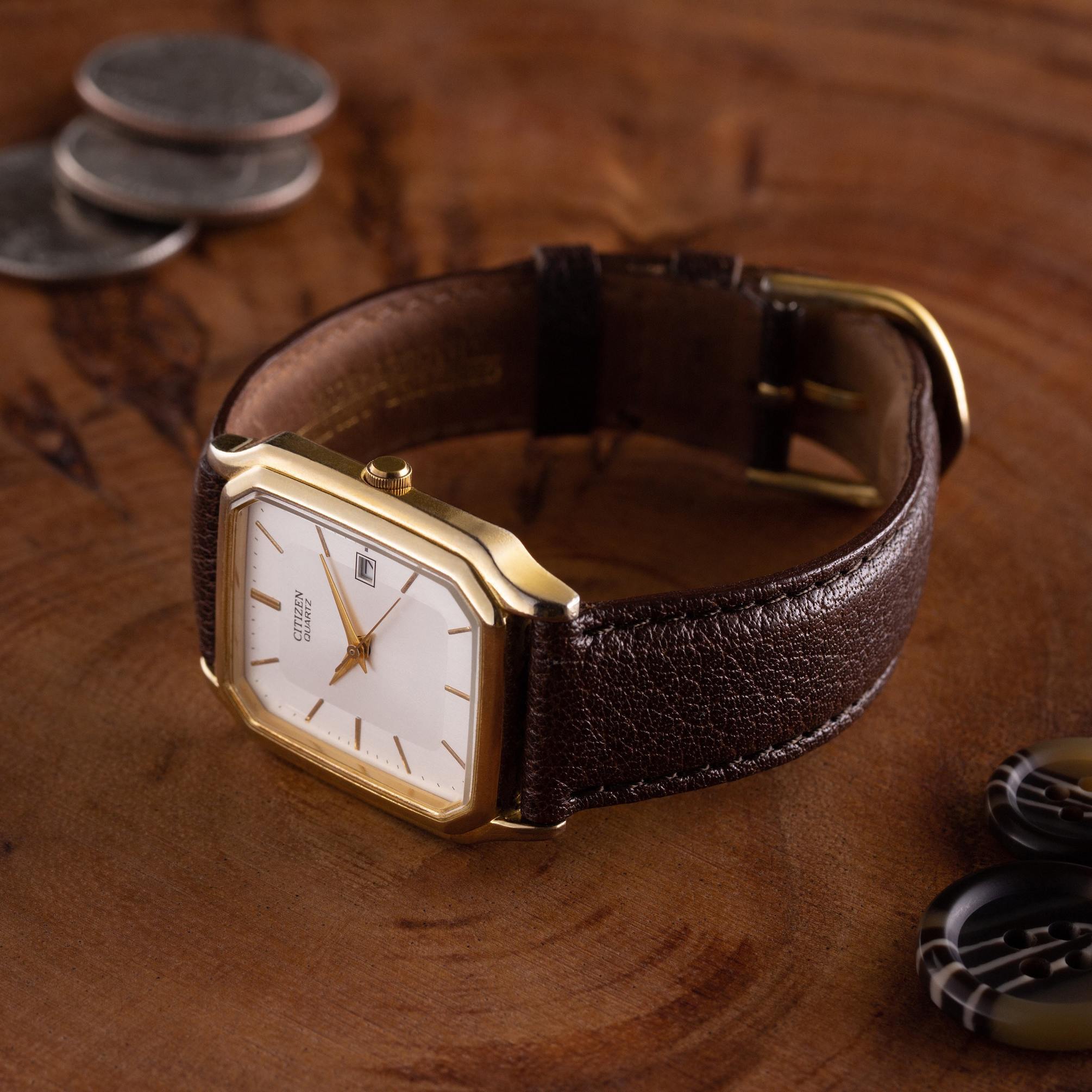


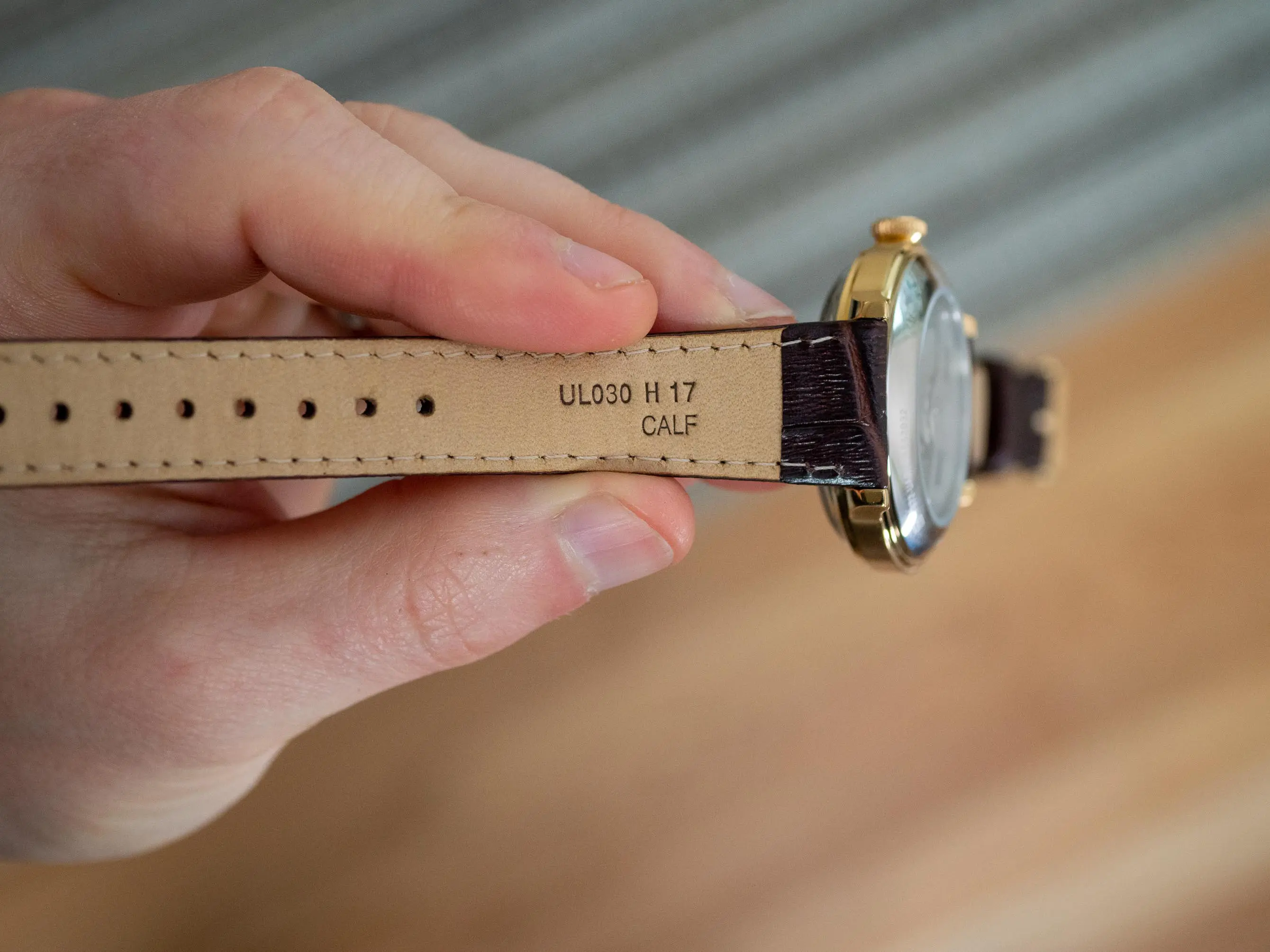
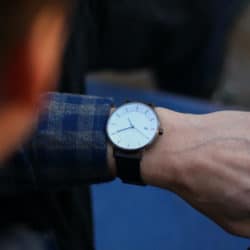
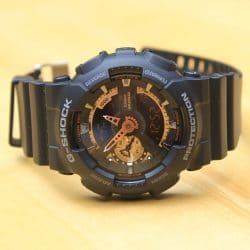
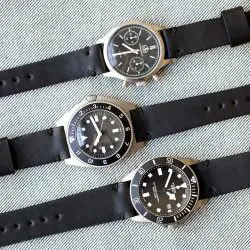
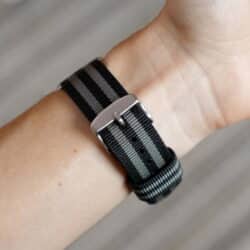
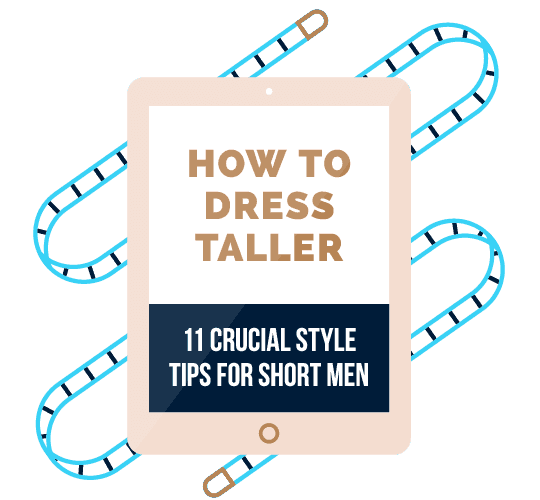

Well explained. I am a watch enthusiast from India and own about twenty, both quartz as well as mechanical. In India we have a company called HMT which used to make quality mechanical watches. Due to the invasion of quartz technology they began lagging behind as there was less and less demand for mechanical watches. Getting HMT mechanical watches in India is difficult. However I own two HMT hand wound watches and one automatic watch. These have become a sort of holy grail. Articles such as these increase the curiosity as well as interest in watches. Thank you.
It might be worth mentioning that, interestingly enough for even moderate watch fans, the ETA movement is owned by Omega, the parent company of which is Swatch. In this day and age, conglomeration occurs in every facet of industry! Omega claims their movements are made in-house and independent of ETA or Swatch influence, yet the Omega MoonSwatch line we saw come down this past March feature a similar quartz movement used by Swatch, inspired by an ETA quartz design. So, not all Omega watches feature truly in-house Omega movements any more. One might contend that the MoonSwatch is not an Omega watch at all, and I might agree, provided it’s referred to Omega BY Swatch, inferring the fact that Swatch used it’s ownership of the brand to technically knock-off an Omega grail, the very iconic Moonwatch.
Owners of any mechanical watch should have an informed knowledge of recommended routine maintenance, its availability, time to perform it and cost.
Agree. The total cost of ownership of a nice quartz watch will be less than a mechanical over a 20 year span.
A quality analog quartz watch running everyday can last 20 years or more before the watch has to be disposed or the movement replaced. Aside from something exotic like the thermocompensated ETA quartz movement in some Breitlings, a typical replacement of a quartz movement is going to be $200 to $300.
Compare that to a mechanical watch where many manufacturers recommend servicing every 5 years and a single service could cost anywhere from $200 to $500 or much higher for a luxury Swiss brand.
Mechanical watches have far more moving parts which, like a finely tuned automobile, require maintenance from a skilled craftsman and that service does not come cheap.
To say that Men’s watches today are only a fashion statement or wrist jewelry, you have never owned a G-Shock then. I love watches and own a bunch but my job can be dirty, wet and grimy. I usually leave my fragile iPhone in the locker and use my G-Shock as a piece of gear not fashion.
This is a must-read for anyone who doesn’t know how their watch is powered. Good stuff, Brock.
An article of much interest. I inherited my fathers IWC automatic circa 1947 in a Portofino style. Although it still works it loses time and obviously needs servicing; I keep it purely for sentimental purposes. Was wanting to get one myself and am faced with the question – automatic or quartz? After reading your article will definitely go for auto but as I don’t intend to wear this often will need to find a watch winder to keep it in good working condition.
Get yourself a decent one that holds at least 3 if not 6 watches to cover your bases.
Hi Brock
Call me old fashioned but I would like to buy a reasonably priced wind up watch. I recently bought a reasonably priced, attractive, Citizen Eco watch ($260) which I’m very happy with but I would like to swap around each day. Battery watches are very hit and miss foŕ me as I have a magnetic problem (in me somehow) which can interfere with the watches timing. which is very frustrating when you have a set time appointment scheduled. Any suggestions?
Very well written Brock.
For my two cents worth I prefer accuracy at all costs. I don’t hold a phone when I walk, only when I talk. My Casio $25.00 radio signal digital is perfectly on the same fractional seconds as the NIST-F1 Cesium clock in the National Institute of Standards and Technology (NIST) in Boulder, Colorado, and serves as the United States’ primary time and frequency standard. If it’s good enough for our Navy subs and carriers it should get you to your next meeting on time..
My Movado Vizio (Mechanatronix ( or it that optimus prime?) anyway – I love it but its not easy to set. so cool though that I can index the hands) is very close to keeping to a few seconds a day, but my favorites are the 262 KHz quartz watches like the Bulova Precisionist (16 beats per second – so smooth you can’t tell its ticking without a loupe) that was claimed to be off only 2 or 3 seconds a “YEAR” (Well, I don’ know about that exactly) but when I check it after a month of not wearing it, it is right on the very second along with my $25.00 radio controlled Casio and the NIST website which I use to set and test all my watches, automatic or quartz. And yes my Citizen Eco Drive has been running non-stop since 2015
In 1971, a Bulova chronograph was carried on board Apollo 15 – the fourth mission to land men on the moon — by mission commander David R. Scott.
I also have the updated 262Khz Bulova Apollo 15 mission watch. The original Bulova moon watch was carried to moon when the Omega Speedmasters’ crystal popped off.
The back of the watch has a dedication to the men of the Apollo 15 mission. Rather stirring to wear a piece like the original only made better nowadays. Makes me even more proud to be an American.
David Scott went with the Bulova and that watch recently went for $1.6 million at auction. Also from another article by Roberta Naas of Forbes “A little known fact, Bulova had been a contender for the NASA trials to find the right watch to be worn by the astronauts.
While Omega’s Speedmaster won the right to be the Official NASA watch, Bulova’s Accutron timing devices were used on 46 NASA missions throughout the 1950’s and ‘60’s. During the Apollo 11 mission in 1969 – the first moon landing – an Accutron timer was placed in a communications relay device and placed in the Sea of Tranquility to help control vital data transmissions. Take that ETA ha!
Oh well, no one cares but us watch enthusiasts.
Because both Mechanical and Automatic Movement watches have so much more character, class, heart & soul than a Quartz. I guess either you LOVE WATCHES or you don’t. I currently own over 50 watches and not going to stop anytime soon!! Lol
Well I care! Thank you, it just so happens that Bulova is currently my favorite watch brand. I own several and I love them. Didn’t know about their connection to NASA, I find that fascinating and totally awesome. Again, thank you for the info. And of course thanks to the article author, I learned alot.
The first quartz watch was in 1969. There is a market for high end quartz watches, for example the Breitling aerospace and the Omega spacemaster, both are several thousand. Then there is the Grand Seiko spring drive which combines automatic with quartz. I wouldn’t pay that much for a watch myself, but they do sell.
There is an alternate use for a pocket watch with the satellite second hand, and the older blued hairspring. If you can water witch, you can put a well worn, high quality, pocket watch into a silk, gentleman’s square, handkerchief, and they you can freeze the second hand as you walk over a water source, or target. It’s windproof, and unassuming, as both handkerchief and the big pocket watch, are normally carried by a gentleman. There are people who can block a water witch, or dowser, but if they don’t see anything out of the ordinary, you don’t ‘trigger’ them.
Awesome article!
Thanks for the article – enjoyed reading it. Hadn’t heard of Linjer until I read your article – nice looking watches! You didn’t mention Japanese automatic watches – they are amazing value for money and often superb quality. Seiko of course do loads, but I especially like Orient – some of their models are very cool and stylish (like the bambino series or the more expensive and awesome quality Orient Star Classic with domed dial and crystal). In my opinion they are much better bang for buck than most Swiss watches as you are not paying for branding but of course you don’t have the snob factor with Japanese watches and the prestige of wearing Swiss, so this could be an issue for some.
BTW, I thought that mechanical was the generic term for ALL watches powered by springs and gears and that they split into two categories: automatic (self winding) and manual wind where you have to turn the crown to wind up the spring, but maybe I’m mistaken?
I agree with Aaron: quartz watches are way cheaper (and even more accurate!) than manual or automatic movements. You can buy anything you’ll ever want for $ 100. Just take into account something your local watchmaker may not tell you: once you have the battery replaced, the rubber seals inside may crack, hence the watch will lose its water resistance. Same thing with manual or automatic movements as the years go by.
If you go for an automatic movement (as I do now), it´s primarily because you value the craftsmanship. There are indeed great watches with ETA movements for less than $ 1,000 and they’ll last for decades, provided that you get them checked and maintained once in a while. The benefit of standard ETA movements is that almost any watchmaker all over the world can service them, whereas proprietary movements are a hopeless issue without adequate tools. Again, Brock is right to recommend a winder, as it can be an ordeal to launch a stopped chronograph that has several complications. If you have a simple watch that just shows you the time and the date, it´s no big deal to get it up and running again.
Being German, I don’t know if you guys are familiar with brands like Junghans, Tissot, Mido or Certina (the latter one being probably one of the most underrated watch brands ever): they´ll all give you plenty of style and awesome quality for less than $ 1000. Many watches priced $ 5000 and higher are actually no better at all.
As Brock says, if you have the means to take the next step and spend $ 10.000 or higher on some kind of high-end luxury watches, go ahead and make your future heirs happy. You may want to look at Zenith El Primero, A.Lange or Patek Philippe as well.
If I’m not a watch movement connoisseur, and I’m looking for an affordable good looking wrist watch, I would go for quartz. I don’t see any point in inexpensive manual or automatic movements (if you are not a watch movement connoisseur)—they offer neither the advantage of the cheap quartz, nor the satisfaction of owning an expensive piece of jewelry.
Thanks for the info sir. Definitely appreciate you giving this all away when you didn’t have to. Extremely helpful.
A kia and a Ferrari with the same engine!?! If that was the case the kia would cost a whole lot more then they do. If you’re going to use that anology use two brands that use the same engine…. Cadillac and chevy or Lexus and toyota. Some models use the same engines as the higher end brand but the cars cost more because of the name and luxury items in them.
My point, exactly.
You say that a good automatic watch can be passed on to future generations. Not so. My Audemars Royal Oak needed a new movement because they stopped making replacement parts for my 30 year old watch.
Don’t forget the Bulova Accutrons that preceded the Quartz movements. I got my Dad’s Accutron when he died. He used it as a navigator on B-52’s and needed an accurate watch before quartz existed. I repaired it for sentimental reasons but it’s a great, accurate, good looking watch, even if it’s not worth much today. And I love hearing the deep tuning fork tone.
One of my daily rotation watches is a 1967 Accutron Astronaut. I collect the 214 series Accutrons and have six of them. They have an even smoother second hand sweep than a even a high beat automatic like a Zenith.
I disagree with your article, when you say a 2824-2 basic would be identical in a entry level or a high end brand , I invite you to visit IWC forum and read all the work they do on the ETA movement before fit it to there watch. It will be the same thing for any high end brand, Linger is certainly a good brand , but be careful to what you say in your watch article , there are tons of savvy collectors out there,
Regards
Gervais Munger
Montreal Canada
Fair enough. This article definitely isn’t geared toward the savvy collectors who spend time in the IWC forum. More of an entry-level take on the topic.
What about solar powered watches like the Eco Drive by Citizen etc. mine has stayed powered up no matter what. Even uses lamp light.
Can’t find the contact button, so I’ll just ask here. I’m 5’7″ and need your advice on wearing oversized coat, which seems to be everywhere these past few seasons. Is shortening the length to my knee the only thing I need to do?
It would be prudent to accurately verify the dimension of each knee upward from a level surface. Your kitchen tile floor is a good place to take that consideration. It’ll also become worthwhile for the future, in the event you experience one knee grow in particular.